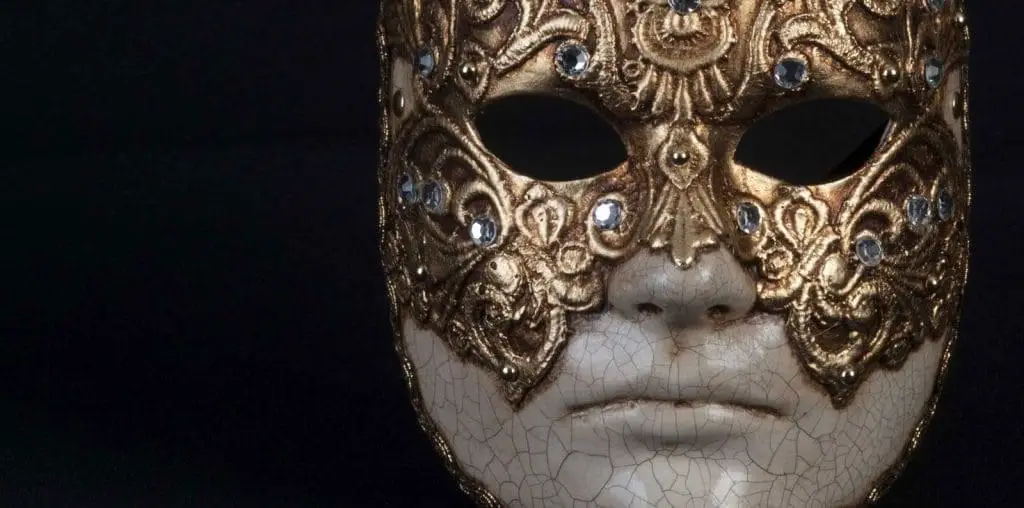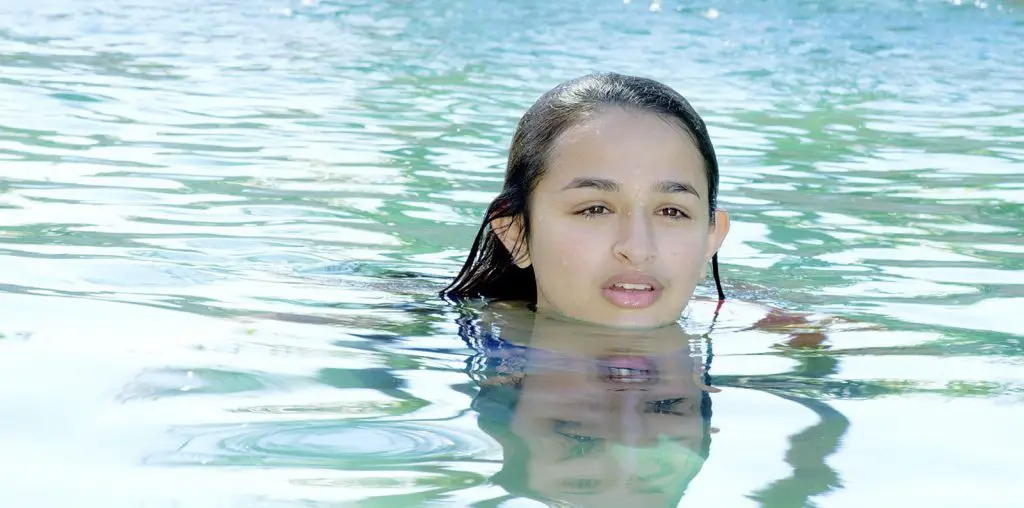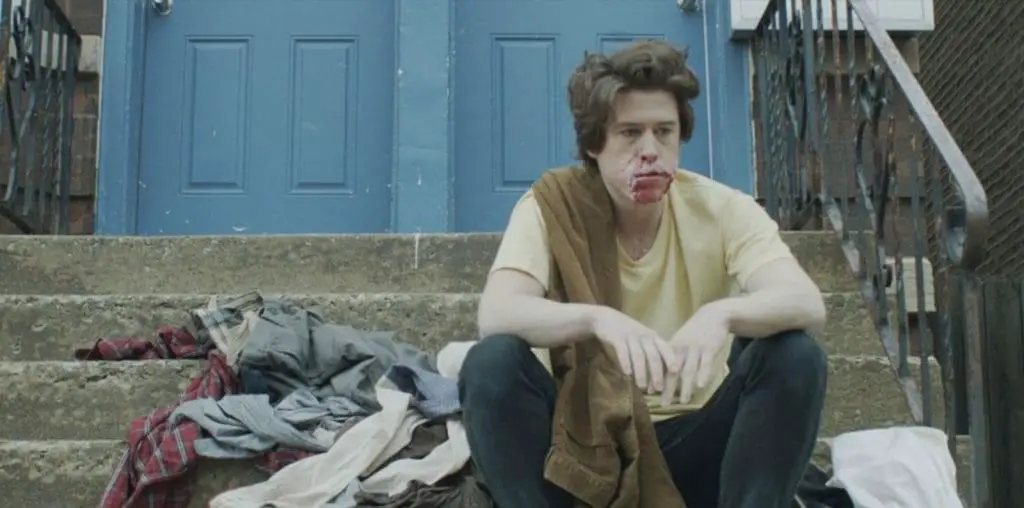
The 2010 Santa Fe Film Festival concluded on Sunday, October 24 with a special 40th Anniversary screening of the classic CATCH-22 with Alan Arkin, Richard Benjamin and Paula Prentiss in attendance.
Prior to the start of the Q&A, Arkin read a prepared intro that attempted to explain his thoughts regarding CATCH-22, its critical reception and his experience making the film. The word “arduous” apparently doesn’t begin to describe the 8-month long shoot in Mexico, Italy and the U.S. Apparently, the 4 months spent filming in Guayamas, Mexico alone was an extended “Survivor” episode long before its time. And the film’s reception was not only chilly critically, financially it was reported that it nearly brought down Paramount Pictures at the time. To say Arkin has conflicted feelings about a film that many now regard as a classic (if a flawed one), would be kind to the point of absurdity. At one point during the Q&A, Arkin was asked by someone in the audience (that clearly had no idea about the history or back story of the film and still didn’t really clue into things after hearing his intro) his thoughts about working with director Mike Nichols. The question was asked as if the audience member was expecting one of those Actor’s Studio-type quotes by one master reflecting on his creative partnership with another master. Instead, Arkin looked down and gave a “no comment” in a way similar to someone passing on an opportunity to take a sip from a glass of sour milk.

Richard Benjamin, Paula Prentiss and Alan Arkin take questions at the 2010 Santa Fe Film Festival (photo by Gabriella Marks)
Here is Alan Arkin’s intro:
“Well, here we are celebrating the anniversary of a film which when it came out was an enormous flop. It opened a few months after M*A*S*H’s release and we weren’t favorably compared to it – by virtually all the critics. But I can tell you this, if they had shot footage of the making of the film, CATCH-22, it would’ve been a hell of a lot closer to the book than the movie was.
For one thing, we had about 30 B-25 bombers on the runway of the set. Real B-25 bombers. And the Mexican government was very nervous because with all those bombers, we were the fifth largest air force in the world. Had we wanted to, we could’ve taken Mexico. And if we did, it would’ve been cheaper than making the film.
Another interesting thing was that on the call sheet every day (“call sheets” being the papers that tell the actors and crew what they will be doing on that day), where on a normal film there will be a scene list for what will be shot if there is good weather and another scene list for what would be shot if there is bad weather, on CATCH-22 there were often five options on the call sheets: one for vey bright sun, another for cloudy bright, another for medium dark skies, etc. It was like reading one of those old instruction sheets that came with TRI X film in the days when there was a thing called TRI X film. And there were those days, not just occasionally but often, where the weather didn’t conform to any of those five scene conditions, so we would wait around until the weather decided to comply with our call sheets.
This could sometimes take days.
And we were in Guaymas, Mexico. In the days when no one had ever heard of Guaymas, Mexico. Not the Mexicans. Not even God. The only thing Guaymas was noted for was the shrimp, which I’m told was excellent. We couldn’t get any because they were being shipped all over the world for very high prices, which no one would pay in Mexico, because they were so easy to get. Except, we couldn’t get any. We thought occasionally of buying some from a local fisherman in the middle of the night, but worried that we might get arrested for smuggling, so we didn’t do it. Other than pining for the shrimp, there was nothing else to do. There was no radio, no TV, no movies, no local town to run away to. There was nothing to do but wait around in the hopes that once in awhile we’d shoot a scene.
We were all staying at what was called a resort in Guaymas. It had a tennis court with no net and a very small swimming pool that I never saw anyone enter. I would mostly hang out in my room and wonder why I was alive. If I was really confused about that, I’d wander into the restaurant and order several of what they called “petrolio”, which was tequila flavored with Maggi sauce. It would often be the highlight of the day.
Every morning, I went past the pool on my way to breakfast, and every morning I would see Art Garfunkel sitting by the pool with his hand holding up his head. Every day when I passed the pool on my way to dinner, there would be Art Garfunkel sitting by the pool with a hand holding up his head. I watched this spectacle day after day in wonderment and I have the strong feeling that he stayed exactly like that for the four months we were in Guaymas only changing position for those very rare occasions where he would be called upon to act. Maybe a couple of times he went to the bathroom, but I never saw him leave his chair.
One vivid memory was the day that Richard and Paula tried to escape. They were told that none of the five weather possibilities included their working, so they asked the production manager if they could take a drive and see if they could perhaps find a town or a small city within a few hundred miles to maybe go crazy and buy some toothpaste or a pair of huaraches and a serape. The production manager checked the schedule and saw that they wouldn’t be working for the next several months, so he told them they could go. And so, to the seething envy of the rest of us, they escaped. For about an hour and a half. They were tooling down the one highway out at about a hundred miles an hour when a helicopter landed in front of them and a couple of assistant directors jumped out of the chopper and told them they had to go back. It turned out that the weather chart presented a sixth possibility that no could have possibly predicted, and it required them to be in a scene where they each had maybe one line or maybe a gesture. When we saw them later on the set they were the saddest people I have ever seen. But the rest of us were happy to see them back. We didn’t want anyone to have a good time.
Then there was the day they blew up the airfield. Real bombs, real bullets, planes flying six feet over my head and a couple of dry run rehearsals. When I wanted a third to see if I could say my lines and still find a way to stay alive, I got a lot of rolled eyeballs. I think I lived through that.
And who could forget the day Alan Shephard came to visit. The man had just come back from the moon, so he was a big celebrity. There was a satellite tracking station in Guaymas which was the main purpose of his visit, but when he came to the set and saw the old bombers, he thought it might be fun to take one up for a half hour. The insurance guys said no good. They wouldn’t let him go up in the air for about 2,000 feet. The man had just come back from the moon….a trip of a quarter of a million miles…and they wouldn’t let him go up 2,000 feet.
I’ll leave out the part where Orson Welles couldn’t remember a single line, of which he had about six. And some of the other more surrealistic parts. But I tell you, I would have really loved to see a movie about the making of CATCH-22. I think Joe Heller would have loved it. And maybe the critics too.”

Arkin, Prentiss and Benjamin at SFFF Honorary Chairman Val Kilmer's ranch (photo by Gabriella Marks)
Regarding his recollection of the “Escape From Guaymas” story, Benjamin added that Bob Newhart had actually been in the car with Benjamin and Prentiss during that ill-fated try for freedom. And when they saw the helicopter approaching, Newhart quipped, “Either they want one of us or they’re really rich bandits.” And the story got better: There was actually no room on the helicopter to take Benjamin and Prentiss back AND Newhart wasn’t needed on set, so the car continued on, taking Newhart to his flight out of Mexico while Benjamin and Prentiss had to get out of the car with their bags and wait for a car to come and take them back to the set. However, the way things had been going with the shoot, Benjamin said there was every possibility in his and Prentiss’ minds that the car might not come and they would be left to die in the Mexican desert.
One thing the trio all agreed upon was the fact that due to various factors (the film being released while the Vietnam War was going on, likely chief among them), critics and the public largely viewed the film as an anti-war commentary, when in fact Benjamin, Prentiss and Arkin all obviously felt strongly about – it was more anti-syndicate/anti-corporation.
And viewed through that prism, 40 years later, CATCH-22 is as timely as ever.


